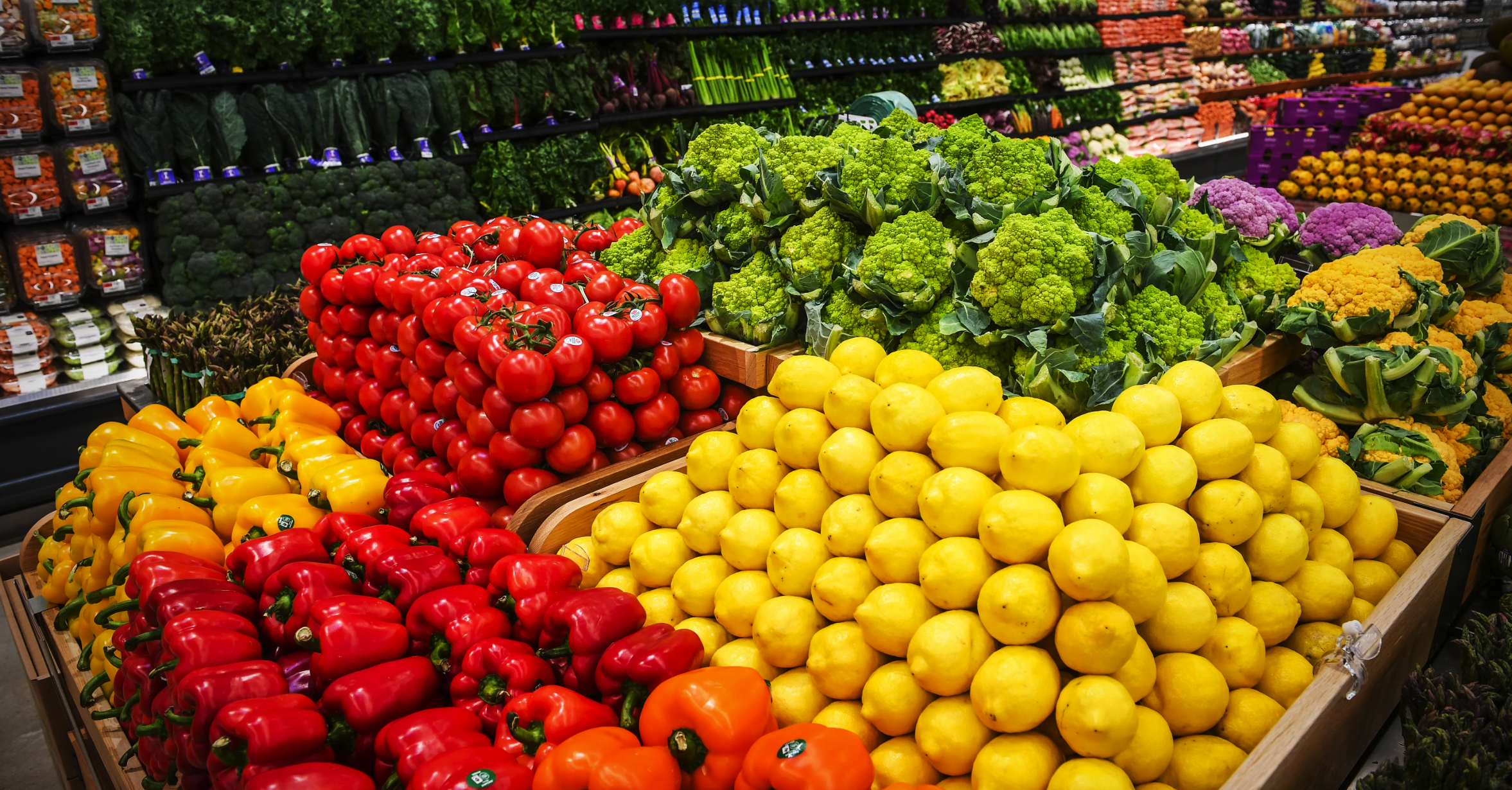
In the world of wine, the debate between red and white wine has captivated enthusiasts for generations. Each variety offers its unique charm, from the vibrant colors to the intricate flavors and aromas that dance on the palate. Let’s embark on a delightful journey through the vineyards and cellars to uncover the nuanced differences between these beloved libations.
Origins and Grape Varieties
Red wine and white wine both trace their origins to grapes, yet they diverge in the varieties used and the way they are processed. Red wine derives its deep color and complex flavors from dark-skinned grapes such as Cabernet Sauvignon, Merlot, and Syrah. These grapes are rich in tannins and antioxidants, imparting bold flavors of blackberry, cherry, and plum to the finished wine.
In contrast, white wine is crafted from green or yellowish grapes such as Chardonnay, Sauvignon Blanc, and Riesling. The skins of these grapes are typically removed before fermentation, resulting in a wine that is light in color and characterized by crisp acidity and vibrant fruit flavors. From the zesty citrus notes of Sauvignon Blanc to the lush tropical aromas of Chardonnay, white wine offers a refreshing alternative to its red counterpart.
Fermentation and Aging Techniques
The production processes for red wine and white wine differ significantly, contributing to their distinct characteristics and flavor profiles. Red wine undergoes a process known as maceration, during which the grape skins remain in contact with the juice during fermentation. This prolonged contact allows for the extraction of color, tannins, and flavor compounds from the grape skins, resulting in wines that are rich in body and complexity.
Conversely, white wine is typically fermented without prolonged contact with the grape skins, preserving the wine’s delicate aromas and flavors. Depending on the winemaker’s preferences, white wines may be aged in stainless steel tanks or oak barrels to enhance texture and impart subtle nuances. Whether unoaked and crisp or rich and buttery, white wine offers a diverse array of styles to suit every palate.
Flavor Profiles and Aromas
The sensory experience of red wine and white wine is a journey of discovery, with each sip revealing a new layer of complexity and depth. Red wines are characterized by their bold fruit flavors, earthy undertones, and lingering finish. From the dark berry notes of Cabernet Sauvignon to the spicy aromas of Syrah, red wine offers a symphony of flavors that evolve and unfold with each taste.
In contrast, white wines boast bright acidity, refreshing fruit flavors, and delicate floral aromas. Whether sipping on a crisp Sauvignon Blanc or a luscious Viognier, white wine offers a refreshing alternative to its red counterpart. From the citrusy zest of a Chardonnay to the floral notes of a Gewürztraminer, white wine delights the senses with its vibrant array of flavors and aromas.
Food Pairings and Culinary Harmony
The art of pairing food and wine is a time-honored tradition, with red and white wines each offering their unique culinary companions. Red wines are a natural fit for hearty, savory dishes such as grilled steaks, roasted lamb, and aged cheeses. The bold flavors and tannic structure of red wine complement the richness of these dishes, creating a harmonious balance of flavors.
White wines, on the other hand, shine alongside lighter fare such as seafood, salads, and poultry dishes. Whether enjoying a crisp glass of Sauvignon Blanc with fresh oysters or a buttery Chardonnay with creamy pasta, white wine offers a versatile pairing option that enhances the flavors of the dish without overpowering them.
Cultural Heritage and Regional Diversity
Beyond the glass, red and white wines embody the rich tapestry of culture, tradition, and terroir that defines each wine-producing region. From the sun-drenched vineyards of Bordeaux to the rolling hills of Tuscany, and the lush valleys of California to the misty vineyards of New Zealand, wine regions around the world offer a kaleidoscope of flavors and styles waiting to be explored.
Whether you’re savoring the bold reds of Spain’s Rioja region, the elegant whites of Burgundy, or the fruity expressions of Australia’s Barossa Valley, each wine reflects the unique terroir and winemaking techniques of its homeland, inviting you on a journey of discovery and appreciation.
In conclusion, the comparison between red wine and white wine is a celebration of diversity and complexity in the world of wine. Each glass offers a unique expression of terroir, craftsmanship, and culture, inviting enthusiasts to explore and appreciate the rich tapestry of flavors and traditions found within. As you embark on your wine journey, consider experiencing the diverse selection of red and white wines available at Carrefour stores across Uganda.


















































